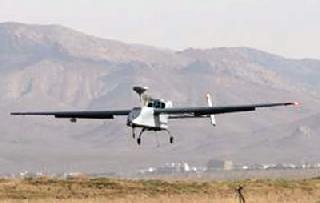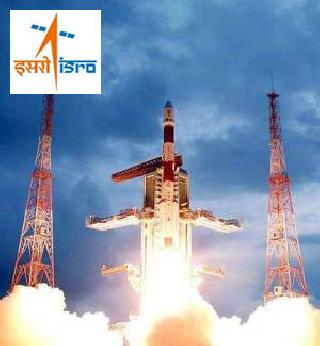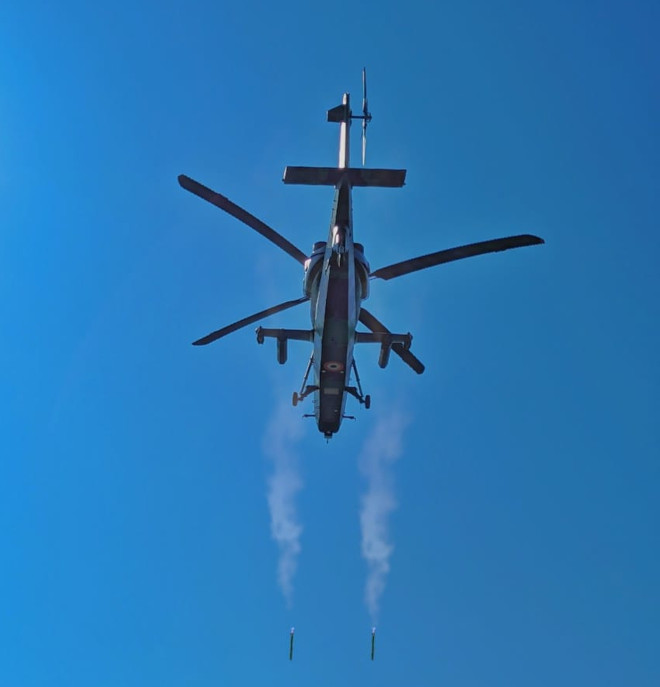SAAB�s Gripen fighter jet with Meteor BVR missile.
STOCKHOLM, SWEDEN (BNS): The Swedish Defense Material Administration has awarded $42 million contract to the Saab Group for the integration of MBDA's active radar-guided Beyond Visual Range (BVR) missile, Meteor into Gripen fighter aircraft.
The contract is for four years and mainly concerns Saab's operations in Linköping and to some extent Gothenburg.
The integration means that Meteor will be adapted to other Gripen systems, such as the radar and displays. The order includes test flights and test firing, as well as the integration of Meteor with support and maintenance systems such as simulators and planning computers. The Swedish Gripen C/D aircraft will also have a two-way datalink for communication between the aircraft and the missile once it has been fired.
"Meteor has substantially better performance than any other BVR missile existing today, which will obviously increase Gripen's ability to defend against other aircraft," Lennart Sindahl, Head of business area Aeronautics within Saab, was quoted as saying in a company news report.
Gripen has been used since 2006 as the test aircraft for the development of Meteor. Multiple missiles have been fired from Gripen to date.
Meteor has been designed to defeat current and future threats at beyond visual range, with an understanding performance that will totally redefine an aircraft's air combat capability.
Meteor has the largest No Escape Zone of any air-to-air weapon, resulting in a long stand-off range and high kill probability that ensures air superiority and pilot survivability.
The programme is on schedule to deliver the first production deliveries in 2012 and is the result of a successful six-nation European collaboration, in which Saab Dynamics of Sweden is a partner of the prime contractor, MBDA.
 Previous Article
Previous Article Next Article
Next Article













The Indian Air Force, in its flight trials evaluation report submitted before the Defence Ministry l..
view articleAn insight into the Medium Multi-Role Combat Aircraft competition...
view articleSky enthusiasts can now spot the International Space Station (ISS) commanded by Indian-American astr..
view article